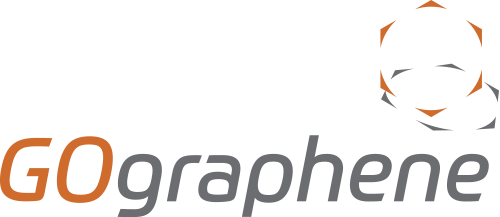Reducing the corrosion of mild steel with Graphene Oxide
A recent study estimates the annual cost of global corrosion as USD 2.5 trillion. As a result, studying ways in which to reduce corrosion is an extensive research field with many papers published each year on the topic. There are many ways to address the issue of corrosion, from using corrosion-resistant materials to applying coatings. Over the past few years, there have been several publications looking at exploiting the barrier properties of graphene oxide in anti-corrosion coatings.
A focus of graphene based anti-corrosion coatings has been the use of CVD (chemical vapour deposition), however on an industrial scale CVD is accompanied by many potential barriers due to the specialist equipment and arrangements which are needed. A recent paper in Applied Nanoscience used a process which is arguably easier to scale – they took reduced graphene oxide and dip coated it onto mild steel. The work used rGO in 1-propanol and used multiple layers to form a good barrier around the mild steel coupon. The authors found that they could reduce the corrosion of uncoated mild steel from 282 mm/year in water at pH 6.0 to 0.107 mm/year with a 5 layer coating of reduced graphene oxide. With just 3 layers of coating, the corrosion rate was still reduced by 98.7%.
The research also looked at their coated mild steel in hydrochloric acid (0.1 N), sodium chloride solution (3.5 wt%) and sodium hydroxide (1 M). In all three solutions a reduction in corrosion was observed compared to the uncoated mild steel. Using three layers of coating, the researchers were able to reduce the corrosion rate compared to the uncoated mild steel coupon in all three solutions. Corrosion in HCl was reduced by 86.9%, in sodium chloride by 99.5% and in sodium hydroxide by 99.2%.
This research has illustrated another major potential application for graphene oxide; reducing corrosion is a key objective for many, with the benefits felt by people around the world. If you are interested in using graphene oxide in your work, please get in touch.
Appl. Nanosci., 2016, 6, 1175-1181
